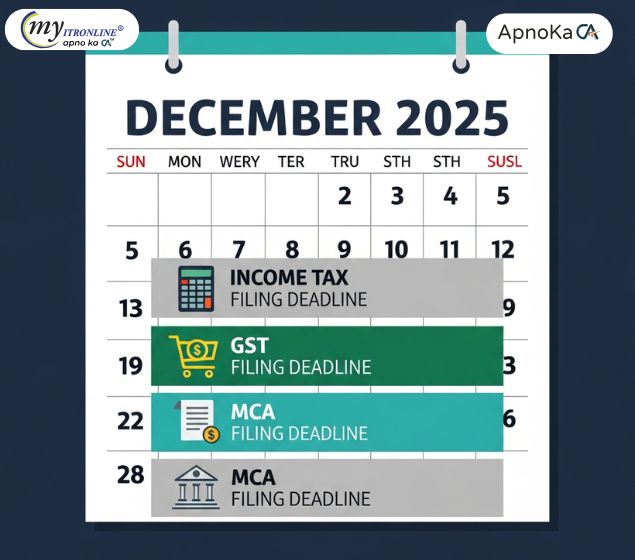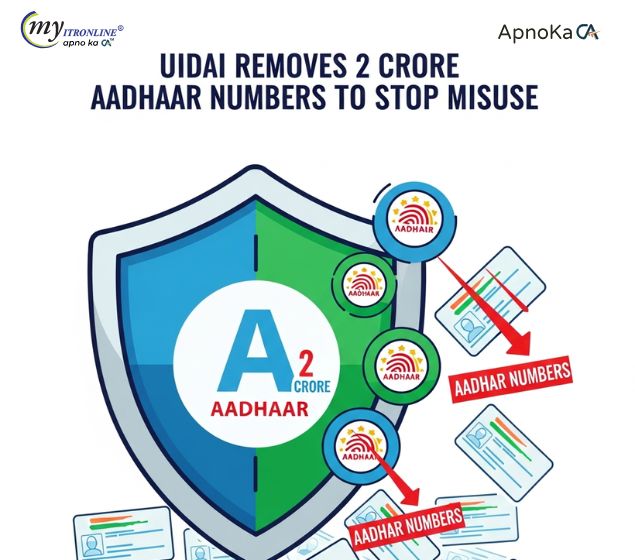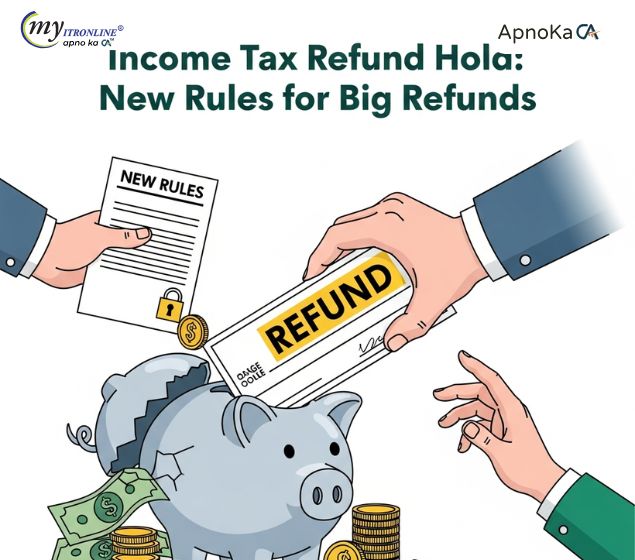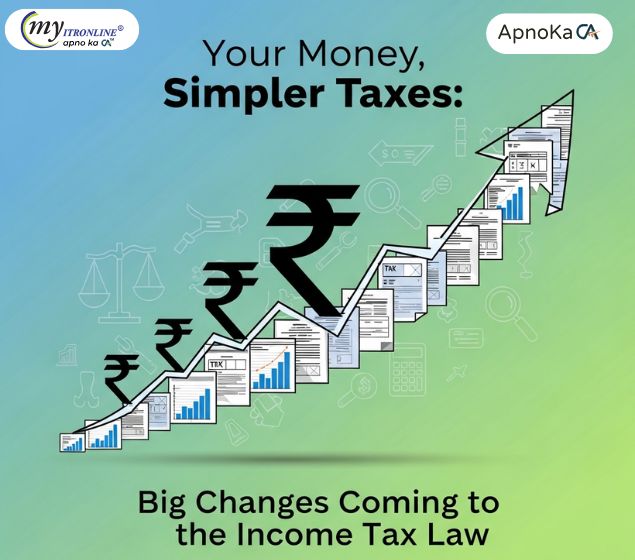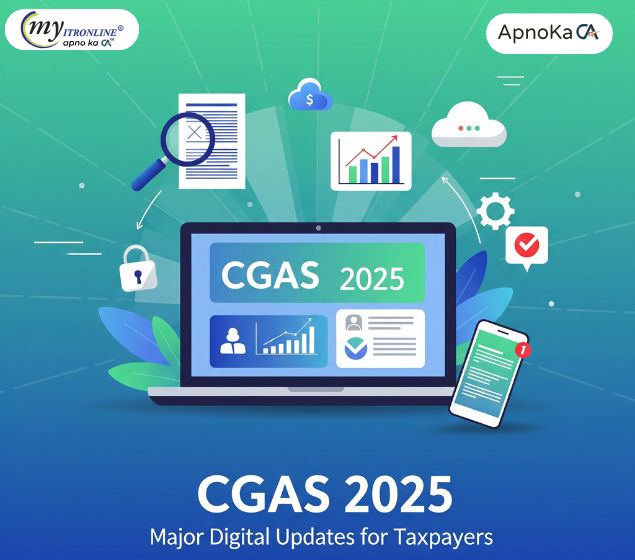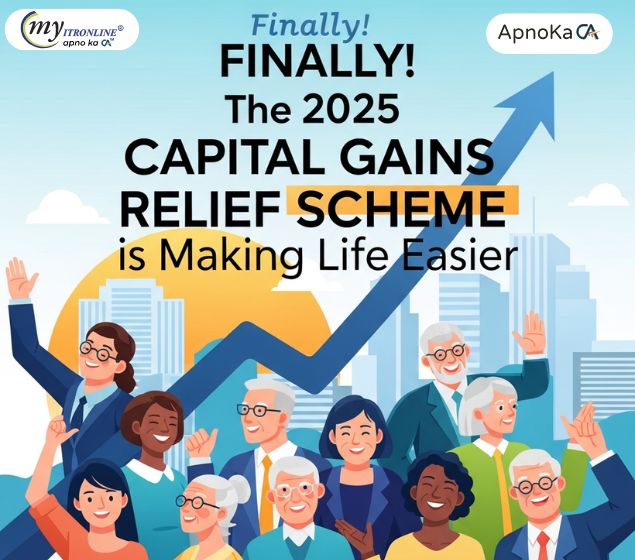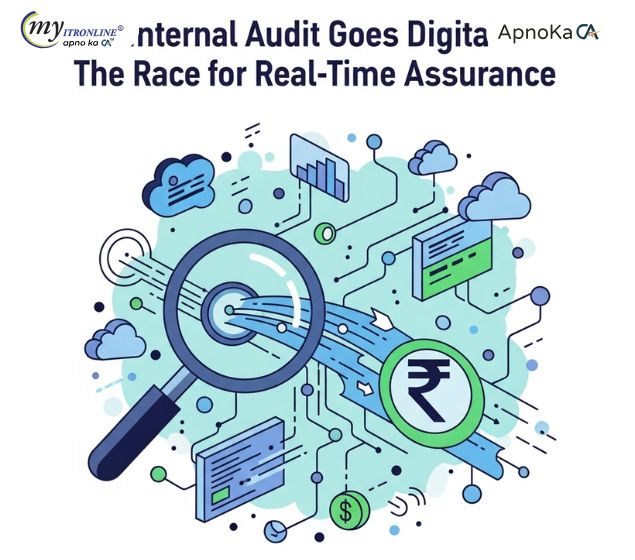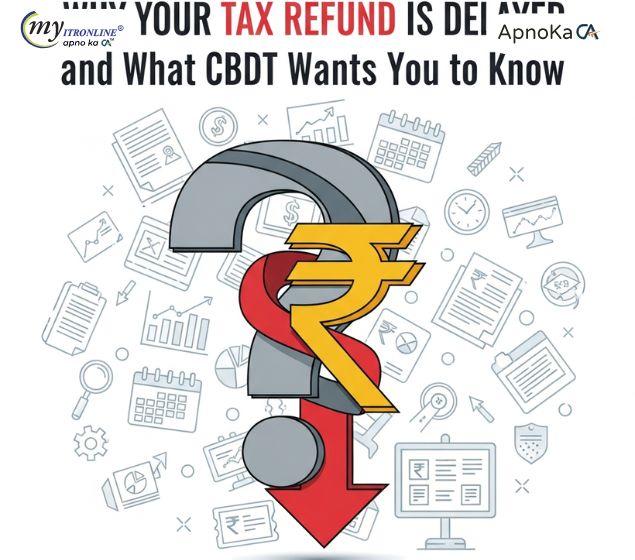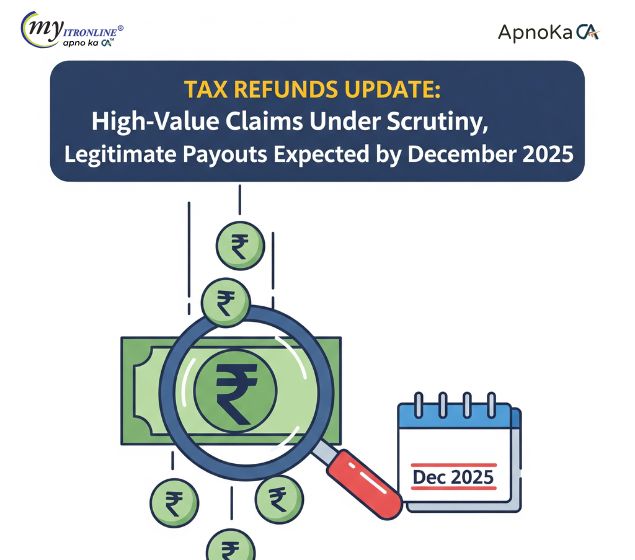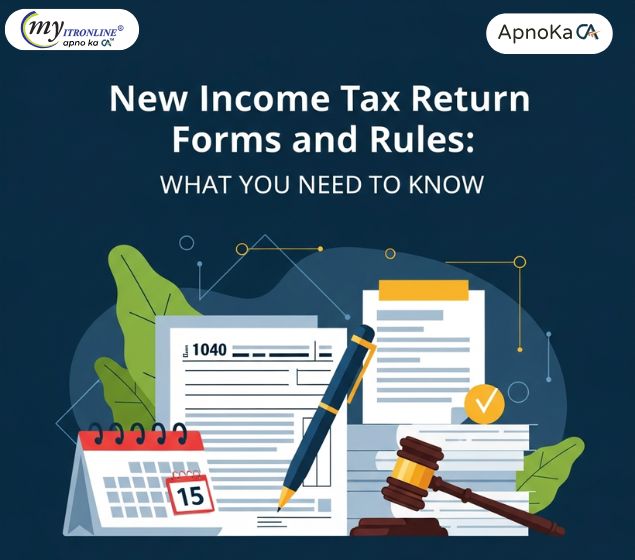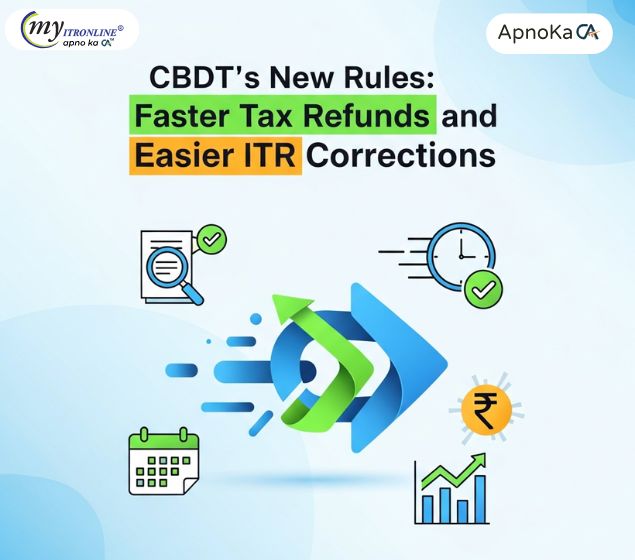Zero Tax on ₹19 Lakh Income: Secrets of the New Tax Regime Revealed!
This blog delves into the strategic methods allowing salaried professionals to pay nil income tax on a ₹19 lakh annual salary under India's New Tax Regime (effective FY 2024-25). It outlines how leveraging increased basic exemption limits, the enhanced Section 87A rebate, standard deductions, employer's NPS contributions, and smart flexi-pay salary structuring can lead to a tax-free income, complete with illustrative calculations and actionable steps.
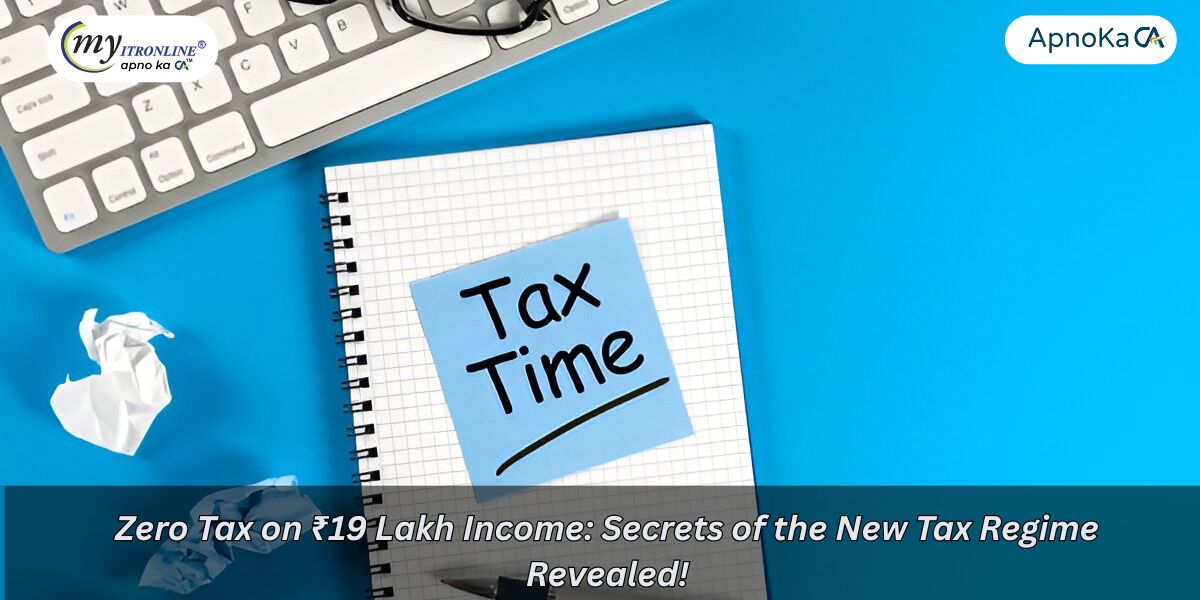
For numerous salaried professionals, the idea of earning ₹19 lakh annually often brings to mind a hefty income tax burden. Nevertheless, with the updated New Tax Regime (effective from FY 2024-25 / AY 2025-26), it is completely feasible to manage your finances so that you end up paying no income tax on such a salary.
This isn't sorcery, but rather a strategic grasp of the deductions and benefits available under the New Tax Regime. Let's explore how you can potentially attain this coveted tax-free outcome.
Grasping the New Tax Regime: The Default Option with Flexibility
The New Tax Regime, designed to streamline taxation through reduced slab rates and fewer exemptions, is now the default system in India. Although it largely eliminates conventional deductions such as those under Section 80C, 80D, HRA, LTA, etc., it compensates with a higher basic exemption limit and a generous rebate under Section 87A. Importantly, you still have the choice to opt for the Old Tax Regime if it offers better advantages for your specific financial circumstances.
Essential Strategies for Achieving Zero Tax on a ₹19 Lakh Salary
The approach focuses on maximizing the limited yet significant deductions and benefits provided by the New Tax Regime. Here are the key components:
1. Increased Basic Exemption Limit and Rebate under Section 87A:
- For FY 2024-25 (AY 2025-26), the basic exemption limit within the New Tax Regime stands at ₹4 lakh.
- More notably, the rebate under Section 87A has been raised to ₹60,000. This implies that if your net taxable income (after allowable deductions) is up to ₹12 lakh, your total tax obligation will be diminished to zero.
2. Standard Deduction for Salaried Employees:
A significant benefit for salaried individuals under the New Tax Regime is the Standard Deduction of ₹75,000. This is a fixed deduction from your gross salary, accessible without the need for expenditure evidence. This automatically lowers your taxable income, and for a salary of ₹12.75 lakhs, it reduces the taxable income to ₹12 lakhs, qualifying it for a tax-free status due to the rebate under Section 87A.
3. Employer's Contribution to NPS (National Pension System) under Section 80CCD(2):
This represents a transformative advantage for high-income earners within the New Tax Regime. Employees can claim a deduction for their employer’s contribution to their NPS account, up to 14% of the basic salary plus Dearness Allowance (DA) for central government employees, and up to 10% for others. This deduction is permissible even under the New Tax Regime and can significantly lower your taxable income.
4. Thoughtful Salary Structuring (Flexi-Pay Components):
Although many traditional allowances are not exempt in the new regime, certain components, if arranged properly as "flexi-pay" or "reimbursements," can still be tax-exempt. This covers reimbursements for specific official expenses, travel allowances for work-related duties, and, in some situations, particular components such as books and periodicals, entertainment, or car/conveyance allowances, provided proper documentation is available and they are genuinely for official use. Your HR department can significantly assist in refining your salary structure.
5. Limited Specific Exemptions (applicable to salary income):
The New Tax Regime aims for minimal exemptions, but a few still remain that might apply to certain individuals, such as:
- Gratuity up to ₹25 lakh (as per Section 10(10))
- Leave Encashment allowance up to ₹25 lakh (as per Section 10(10AA))
- Voluntary Retirement compensation up to ₹5 lakh (as per Section 10(10C))
- Income from Life Insurance Policies (as per Section 10(10D))
- Family pension (with a tax exemption of ₹25,000 or one-third of the total, whichever is lower)
Illustrative Calculation for a Salary of ₹19 Lakh (Financial Year 2024-25 / Assessment Year 2025-26)
Let's examine a hypothetical case to illustrate how a salary of ₹19 lakh can be rendered tax-free. This example presumes an optimized salary structure and the full use of applicable deductions.
Assumptions:
- Total Salary: ₹19,00,000
- Basic Salary: ₹9,60,000 (typically around 50% of total salary)
- Employer's NPS Contribution: 14% of Basic Salary (assuming the individual is a central government employee or in a similar position)
Calculation:
| Particulars | Amount (₹) |
|---|---|
| Gross Salary | 19,00,000 |
| Less: Standard Deduction | 75,000 |
| Less: Employer's NPS Contribution (U/s 80CCD(2)) (14% of ₹9,60,000) | 1,34,400 |
| Net Taxable Income | 16,90,600 |
Now, let's apply the New Tax Regime slab rates for FY 2024-25 (AY 2025-26) to this Net Taxable Income of ₹16,90,600:
| Income Slab | Tax Rate | Taxable Income (₹) | Tax Amount (₹) |
|---|---|---|---|
| Up to ₹4,00,000 | Nil | 4,00,000 | 0 |
| ₹4,00,001 to ₹8,00,000 | 5% | 4,00,000 | 20,000 |
| ₹8,00,001 to ₹12,00,000 | 10% | 4,00,000 | 40,000 |
| ₹12,00,001 to ₹16,00,000 | 15% | 4,00,000 | 60,000 |
| ₹16,00,001 to ₹20,00,000 | 20% | 90,600 | 18,120 |
| Total Tax before Rebate | 1,38,120 |
Now, comes the crucial part: the Rebate under Section 87A.
Since your Net Taxable Income is ₹16,90,600, which is higher than the ₹12 lakh limit for full rebate, you won't get a full zero tax liability solely from Section 87A rebate. The rebate is ₹60,000.
Tax after Section 87A Rebate: ₹1,38,120 - ₹60,000 = ₹78,120
Add 4% Health and Education Cess: ₹78,120 * 4% = ₹3,124.8
Total Tax Payable: ₹78,120 + ₹3,124.8 = ₹81,244.8
So, how do we get to NIL tax?
The above calculation shows that while the standard deduction and NPS contribution significantly reduce the taxable income, they might not be enough on their own for a ₹19 lakh salary. To bring the tax liability to nil, further optimization is needed, primarily through flexi-pay components and careful salary restructuring.
Let's assume your employer structures your salary to include certain tax-exempt reimbursements or allowances as part of your overall CTC, which are genuinely incurred for official purposes. These are not 'deductions' in the traditional sense but rather components that don't form part of your taxable salary in the first place, assuming proper documentation.
Refined Calculation with Flexi-Pay/Exempt Allowances:
Imagine your salary is structured to include, for example:
- Gross Salary (CTC): ₹19,00,000
- Basic Salary: ₹9,60,000
- Employer's NPS Contribution (U/s 80CCD(2)): ₹1,34,400
- Flexi-Pay/Exempt Allowances (e.g., Conveyance, Books & Periodicals, Entertainment, etc. with proper bills): ₹5,56,000 (This is a significant portion of your salary that is structured as non-taxable, assuming actual expenditure and submission of bills.)
Recalculation:
| Particulars | Amount (₹) |
|---|---|
| Gross Salary (CTC) | 19,00,000 |
| Less: Standard Deduction | 75,000 |
| Less: Employer's NPS Contribution (U/s 80CCD(2)) | 1,34,400 |
| Less: Exempt Flexi-Pay/Allowances | 5,56,000 |
| Net Taxable Income | 11,34,600 |
Now, with a Net Taxable Income of ₹11,34,600:
| Income Slab | Tax Rate | Taxable Income (₹) | Tax Amount (₹) |
|---|---|---|---|
| Up to ₹4,00,000 | Nil | 4,00,000 | 0 |
| ₹4,00,001 to ₹8,00,000 | 5% | 4,00,000 | 20,000 |
| ₹8,00,001 to ₹12,00,000 | 10% | 3,34,600 | 33,460 |
| Total Tax before Rebate | 53,460 |
Given that the Net Taxable Income (₹11,34,600) is now less than the ₹12 lakh limit, the full tax liability of ₹53,460 will be offset by the ₹60,000 rebate under Section 87A.
Tax after Section 87A Rebate: ₹53,460 - ₹53,460 = ₹0
Important Considerations and Actionable Steps
- Know Your Salary Breakdown: Examine your current salary components. Speak with your HR department about optimizing your salary for the New Tax Regime, particularly concerning flexi-pay elements that can be claimed as reimbursements for actual expenses.
- Utilize Employer's NPS Contribution: If your employer provides contributions to the NPS, make sure you are availing the maximum allowable amount under Section 80CCD(2). If this benefit is not available, consider advocating for it.
- Keep Accurate Records: For any allowances or reimbursements claimed as tax-exempt, it is crucial to keep all relevant bills and documentation. The income tax authorities may request these proofs.
- Seek Professional Tax Guidance: While this article offers a comprehensive overview, individual circumstances can differ. It's advisable to consult a qualified tax advisor or Chartered Accountant (CA) to receive tailored advice based on your unique salary setup, additional income sources, and financial objectives. They can assist you in making accurate calculations and discovering more avenues for tax optimization.
- Conduct an Annual Review: Tax regulations and your financial circumstances may evolve. It is advisable to review your tax planning each year to ensure you are continually minimizing your tax liability.
Conclusion:
The New Tax Regime, especially with the heightened standard deduction and the expanded Section 87A rebate for FY 2024-25, offers a great opportunity for salaried individuals to lessen their tax load. With thoughtful planning, strategic salary optimization, and effective use of the benefits available, eliminating income tax on a ₹19 lakh salary is not merely a fantasy, but a feasible financial goal. Take control of your taxes and maximize your financial resources!
FILING YOUR INCOME TAX RETURN F.Y 2024-25 (A.Y. 2025-2026) WITH MYITRONLINE
The income tax filing deadline is right around the corner. If you haven’t filed yet, do it today with Myitronline! Avoid last minute rush and file your tax return today on MYITRONLINE in Just 5 mins.(www.myitronline.com)
If you are looking for eCA assistance to file your income tax return/ GST, you can opt for MYITRONLINE eCA assisted plan starting
Upload Salary Individual Form-16
If you have any questions with filing your tax return, please reply to this mail. info@myitronline.com OR call 9971055886,8130309886.
Note-All the aforementioned information in the article is taken from authentic resources and has been published after moderation. Any change in the information other than fact must be believed as a human error. For queries mail us at marketing@myitronline.com
Krishna Gopal Varshney
An editor at apnokacaKrishna Gopal Varshney, Founder & CEO of Myitronline Global Services Private Limited at Delhi. A dedicated and tireless Expert Service Provider for the clients seeking tax filing assistance and all other essential requirements associated with Business/Professional establishment. Connect to us and let us give the Best Support to make you a Success. Visit our website for latest Business News and IT Updates.
Leave a reply
Your email address will not be published. Required fields are marked *Share this article
Krishna Gopal Varshney, Founder & CEO of Myitronline Global Services Private Limited at Delhi. A dedicated and tireless Expert Service Provider for the clients seeking tax filing assistance and all other essential requirements associated with Business/Professional establishment. Connect to us and let us give the Best Support to make you a Success. Visit our website for latest Business News and IT Updates.
View articles








